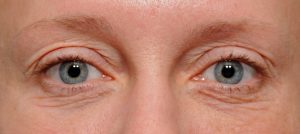Background
Aging of the lower eyelids is marked by redundant skin, wrinkles, and herniated fat. These changes are traditionally treated with lower blepharoplasty, a well-established surgical procedure that removes excess skin and fat to rejuvenate the eyelids. While highly effective, conventional lower blepharoplasty carries certain risks, including rounding of the lower lids and, less commonly, ectropion or inferior lateral lid retraction.
Like all age-related changes, eyelid aging is progressive, starting with subtle changes and advancing over time. Accordingly, different variations of lower blepharoplasty are available to address varying degrees of aging. One example is the transconjunctival approach, in which fat is removed through the inner eyelid without external incisions (when no skin removal is required).
Another highly effective option is the “pinch and peel” method. Though not new, it has gained renewed attention on social media. This mini lower blepharoplasty is particularly well-suited for younger patients showing early signs of aging, where only small amounts of skin removal and wrinkle reduction are needed. It offers noticeable improvement, minimal risk, and a relatively quick recovery.
Case Study
A 39-year-old woman, who had previously undergone upper blepharoplasty with excellent results, sought treatment for her lower eyelids. She presented with a small roll of excess lower eyelid skin, mild wrinkles, and no herniated fat, making her an ideal candidate for the pinch and peel technique rather than a conventional lower blepharoplasty.
Procedure:
-
Performed under MAC anesthesia with corneal shields protecting the eyes.
-
The lower eyelids were infiltrated with a lidocaine-epinephrine solution just beneath the lash line.
-
Using a small T-shaped instrument, 3–4 mm of excess skin was pinched and rolled up under the lash line.
-
The redundant skin was excised with scissors, and the incision closed with a running 6-0 plain suture.
-
The skin below the suture line was degreased with acetone, followed by application of a 25% TCA peel until uniform frosting was achieved.
-
Antibiotic ointment was applied for protection.
Recovery:
Most swelling is due to the peel rather than the excision, and bruising is minimal. The lower lid skin typically sheds its epithelial slough within five days. By the end of the first week, the majority of recovery is complete.
Discussion
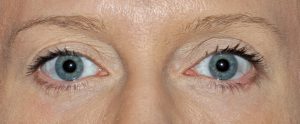
The procedure can also be combined with transconjunctival fat removal if herniated fat pads (“bags”) are present. Importantly, because the skin is not undermined during the pinch technique, vascularity is preserved, allowing for safe application of chemical peels without risk of necrosis.
This approach follows the guiding principle: “small surgery works best for small problems.”
Key Points
-
The pinch and peel is a mini lower blepharoplasty, typically indicated for younger patients with mild eyelid aging.
-
The pinch component removes redundant skin without undermining tissues, allowing safe use of chemical peels.
-
A TCA peel applied to the lower eyelid enhances skin smoothness and provides comprehensive rejuvenation.
Dr. Barry Eppley
World-Renowned Plastic Surgeon

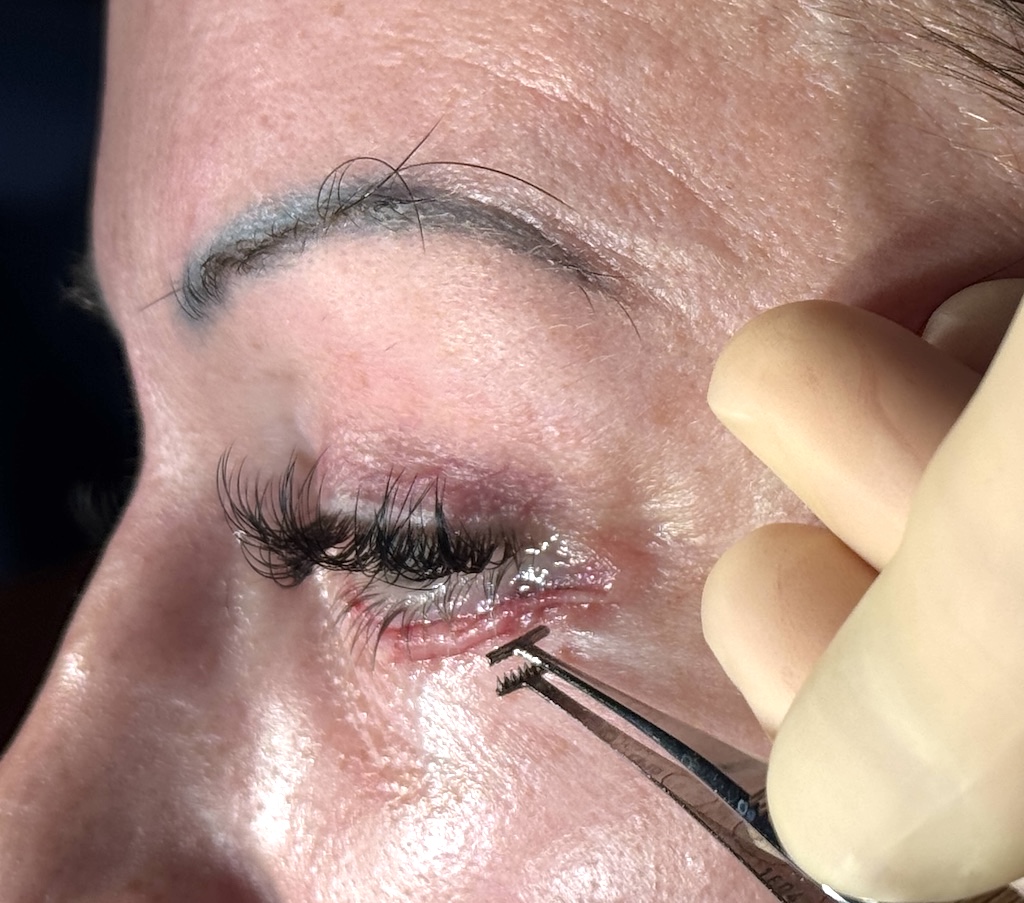
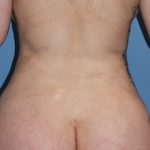
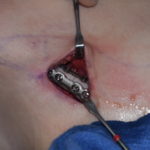
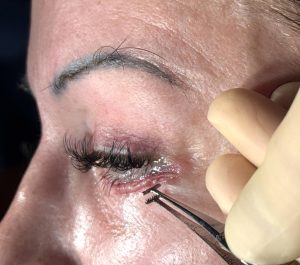
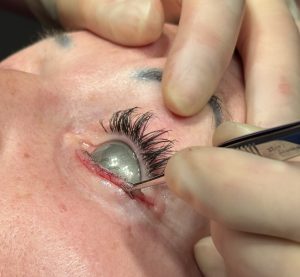 Using a small T-shaped instrument, 3–4 mm of excess skin was pinched and rolled up under the lash line.
Using a small T-shaped instrument, 3–4 mm of excess skin was pinched and rolled up under the lash line.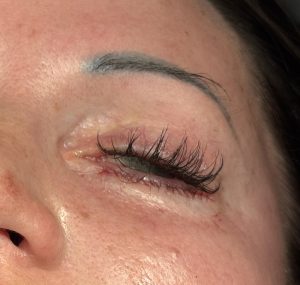 The redundant skin was excised with scissors, and the incision closed with a running 6-0 plain suture.
The redundant skin was excised with scissors, and the incision closed with a running 6-0 plain suture.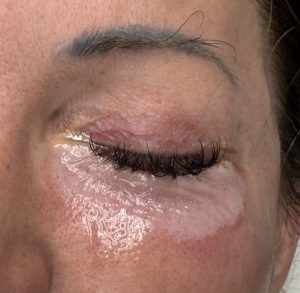 The skin below the suture line was degreased with acetone, followed by application of a 25% TCA peel until uniform frosting was achieved.
The skin below the suture line was degreased with acetone, followed by application of a 25% TCA peel until uniform frosting was achieved.